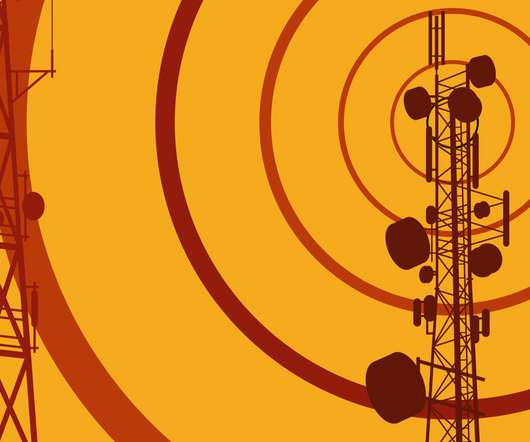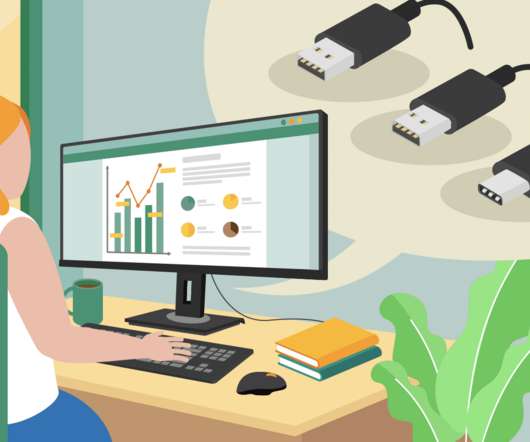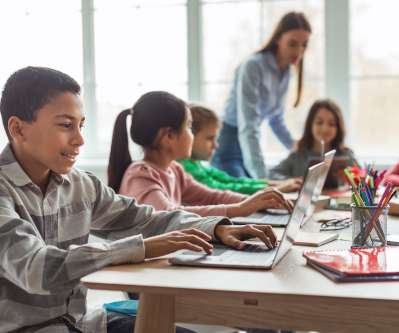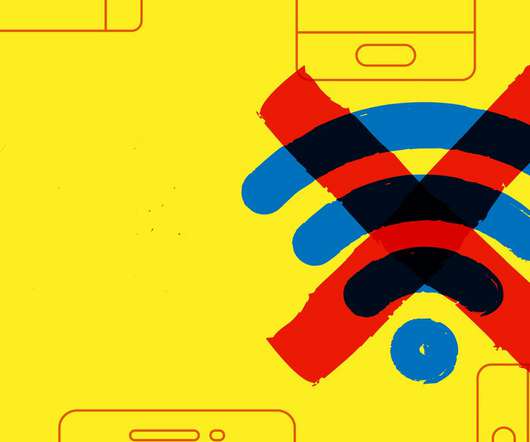How Congress and the FCC Could Help Millions of Students Access Remote Learning
Edsurge
APRIL 15, 2020
With no guaranteed end in sight, we need Congress to take swift and decisive action to empower the federal E-rate funding program to support off-campus learning devices and connectivity, delivered via secure internet access. It is time that Congress and the FCC allow E-rate support of off-campus educational activities.
































Let's personalize your content